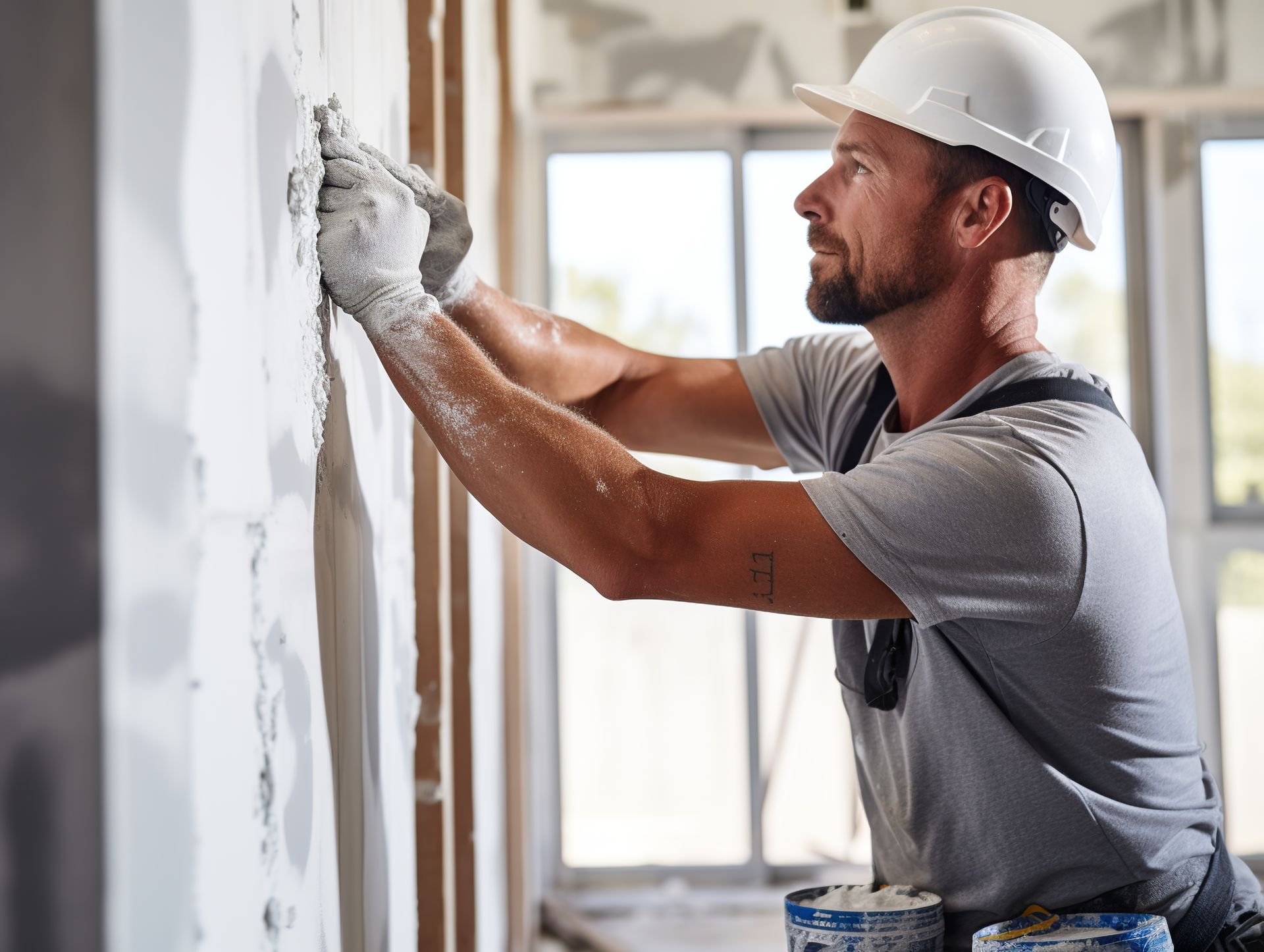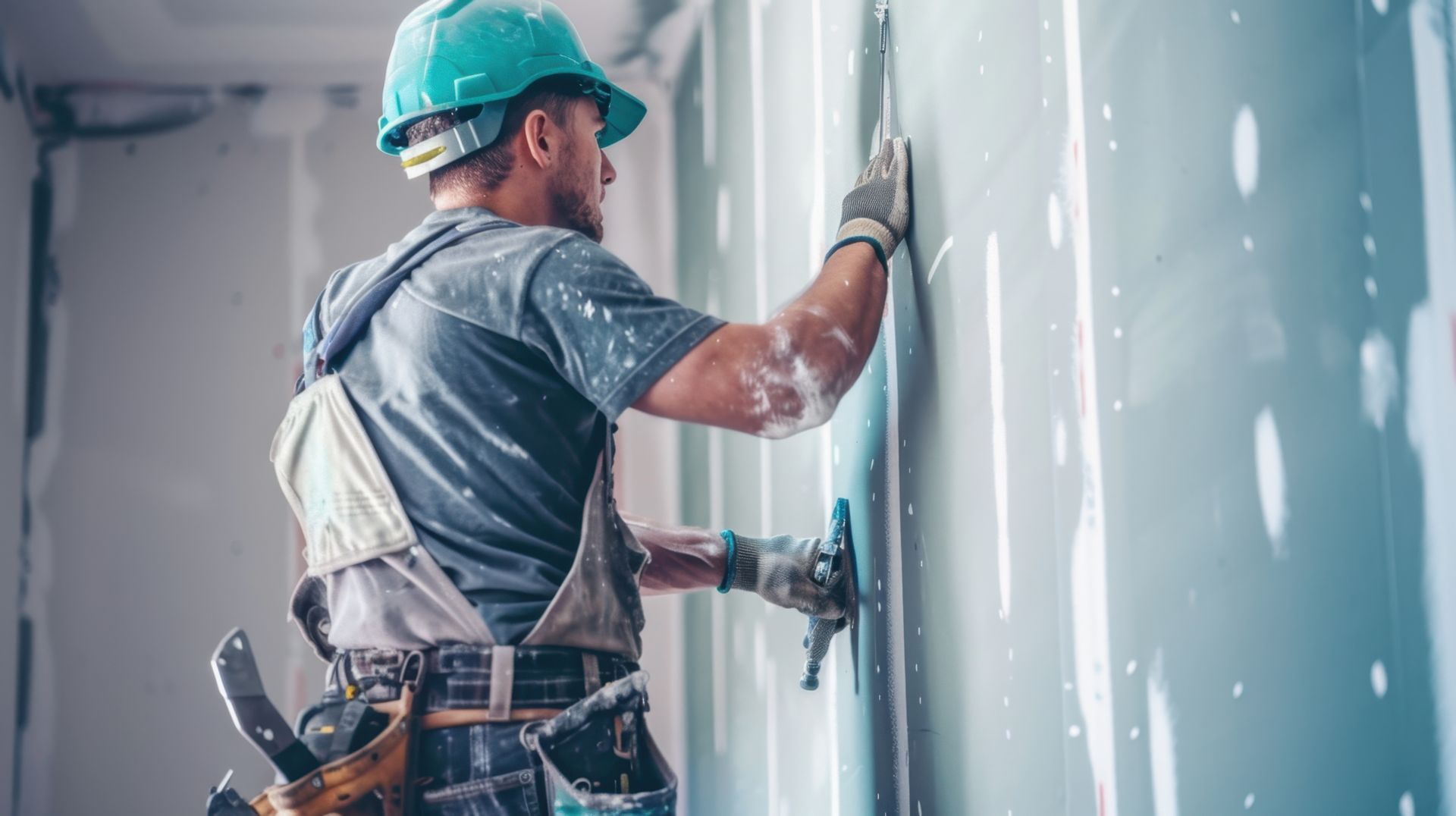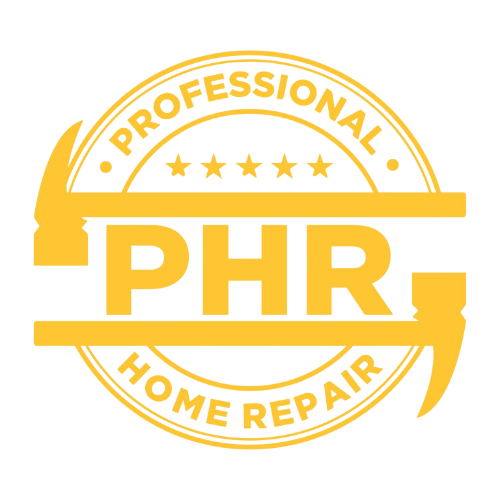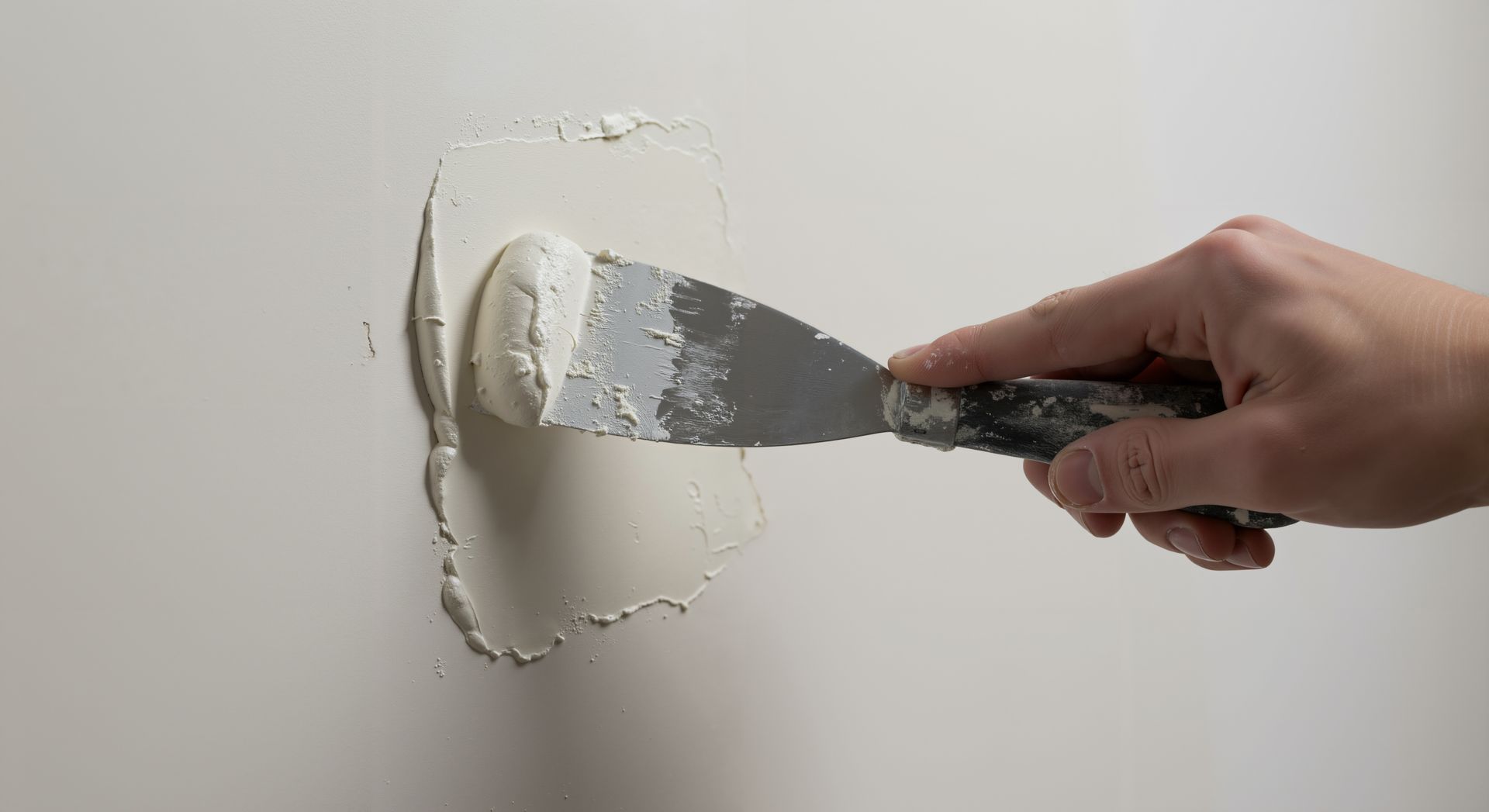Mastering Corner Bead DIY With Drywall Contractors

Are you a homeowner working on drywall repair or home remodeling for the first time? Installing drywall corner bead may feel challenging. But don't worry! With the right help, you can get great results. This easy guide will take you through every step. You will learn the basics and pick up techniques for a perfect finish.
Understanding Drywall Corner Bead Installation
Drywall corner bead is very important for making smooth and strong corners. It stops damage to your corners and helps create a nice, professional look. When installing drywall, the edges of the drywall sheets meet at a corner that forms a 90-degree angle. These corners are more likely to get hit and worn out, so they need special care—this is where drywall corner bead helps!
Homeowners should know how to install it correctly to get good results that last. Proper installation helps make your corners look nice and stay strong. This guide will help you feel confident in handling this part of your drywall project.
The Importance Of Professional Installation
DIY projects can be fun, but getting a professional to install your drywall brings great results. At Professional Home Repair, our team has many years of experience with all kinds of drywall work. We know different types of corner beads and use the best methods to get the perfect finish.
Why is it important to have a professional install your drywall? It helps ensure that your drywall lasts longer. Experts know how to put the corner beads in correctly from the start. This reduces the chances of future problems like cracks, bends, or looseness.
Also, when you choose professional installation, you can feel confident that the job will be done quickly and well. This choice saves you time and effort and keeps you from dealing with problems later on. See more on Drywall Contractors: Finishing Techniques.
Types Of Drywall Corner Beads Explained
Before diving into the installation process, it's crucial to be familiar with the common types of drywall corner beads. Each type serves a specific purpose and has advantages depending on the project requirements.
Below is a table explaining the common types of corner beads:
| Corner Bead Type | Description | Application |
|---|---|---|
| Metal Corner Bead | Most common, made of galvanized steel or aluminum | Ideal for high traffic areas, provides strong impact resistance |
| Paper-Faced Bead | Metal bead with paper flanges | Easiest to install, best for less demanding applications |
| Plastic Corner Bead | Lightweight and flexible | Suitable for rounded corners and arches |
Understanding the different types helps you choose the right corner bead for your specific needs.
Preparing For Drywall Corner Bead Installation
Before you start the installation, gather your tools and materials. Good preparation makes the installation easier. It helps to avoid problems along the way. If you have questions or feel uncertain about anything, ask a skilled handyman or a drywall expert. This is especially important if you are doing this for the first time.
As a drywall contractors Phoenix ensuring the correct installation of corner beads is vital to prevent future issues like cracks or bends. Opting for professional installation guarantees a quick and well-done job, saving time and hassle down the line. Understanding the types of corner beads available, such as metal, paper-faced, and plastic, allows you to choose the most suitable one based on your project needs.
Before diving into installation, adequate preparation with the right tools and materials is key. Seek guidance from a skilled professional if needed to ensure a smooth process.
If you live in Phoenix, Arizona, you can always contact us at Professional Home Repair for help.
Tools And Materials Needed For The Job
Having the right tools and materials is very important for a good installation. Here’s a handy checklist to help you get ready:
- Drywall corner bead (pick the right type for your project)
- Measuring tape and pencil
- Tin snips or utility knife (to cut the metal corner bead)
- Drywall compound (also called joint compound)
- Drywall taping knife (6-inch and 10-inch are best)
- Utility knife
- Medium-grit sandpaper
- Safety glasses and gloves
By having these tools and materials ready before you start your work in Phoenix, AZ, the installation will go much better.
Step-by-Step Preparation Guide
Follow these steps to get your drywall ready:
- Inspect the Corners: Check the corners for damage, loose drywall, or bumpy surfaces. Fix these problems before you install the corner bead.
- Measure and Cut: Measure each corner and cut the corner bead to fit using tin snips or a utility knife.
- Prepare the Joint Compound: Mix a small amount of drywall compound until it is smooth and easy to work with.
With these steps done, you are ready for the next part!
The Installation Process
Now that you are ready, it's time to start the installation. If you follow the right steps, you will get a safe and neat result. Remember, Professional Home Repair cares about good customer service and offers a reasonable price. If you need help or advice with your drywall corner bead installation, please contact us.
When it comes to drywall installation in Phoenix, having the right tools and materials is crucial for a successful project. Professional Home Repair is here to assist you every step of the way.
To ensure a smooth installation process, make sure you have essential supplies like drywall corner bead, measuring tape, utility knife, drywall compound, taping knives, sandpaper, and safety gear on hand. These will help you achieve a professional finish.
Before starting the installation, carefully inspect the corners, measure and cut the corner bead to size, and prepare the joint compound for a seamless application.
Cutting And Fitting Drywall Corner Beads
Accurate cutting and fitting are important for a good finish:
- Measure Twice, Cut Once: Always check your measurements before cutting the corner bead. This helps you get a good fit.
- Cutting Techniques: Use tin snips for straight cuts when working with metal corner bead. Use a utility knife to score it and then snap it.
- Test the Fit: Place the cut corner bead in the corner to make sure it aligns with the corner’s length.
By following these steps, you will avoid mistakes when you install it.
Securing The Corner Beads With Professional Techniques
Securing the beads is very important for lasting results. Here’s how the pros do it:
- Applying Joint Compound: Put enough joint compound on the back of the corner bead. Make sure it covers evenly.
- Positioning the Bead: Align the corner bead with the corner. Press it firmly into the joint compound.
- Securing with Drywall Nails: Nail down the edges of the corner bead with drywall nails. Space them about 6-8 inches apart.
Finishing Touches For A Professional Look
Getting a professional look is the main goal. You need to apply joint compound the right way. After that, sand it down to create a smooth surface. These last steps make it look better and help it last longer.
Drywall installation requires precision and attention to detail to achieve a professional finish. When working with corner beads, accurate measuring and cutting are crucial for a seamless fit. Remember the age-old rule: measure twice, cut once. Utilize the right tools such as tin snips for metal corner beads and a utility knife for scoring.
Properly securing the corner beads is key to long-lasting results. Apply joint compound evenly on the back of the bead before positioning it carefully in place. Secure it with drywall nails spaced evenly for maximum durability.
Applying Joint Compound Correctly
Applying joint compound well is important for a smooth finish.
- First Coat: Use a 6-inch drywall knife to spread a thin layer of joint compound over the corner bead. Blend it out onto the drywall surface.
- Second Coat: Once the first coat is dry, put on a second, wider coat of joint compound. Make it reach further onto the drywall.
- Third Coat: You might need a third coat for the finish you want. Use a 10-inch drywall knife for a smoother look.
Following these steps will help you blend the corner bead and wall surface nicely.
Sanding and Painting For A Seamless Finish
The last steps to get a professional-looking finish are sanding and painting:
- Sanding: After the joint compound dries fully, use medium grit sandpaper. This will help to smooth out any bumps or flaws.
- Priming: Next, put on a primer made for drywall. This helps seal the surface and gives a solid base for the paint.
- Painting: Finally, apply two coats of your chosen paint. Make sure to let each coat dry completely.
Conclusion
For a perfect finish when installing drywall corner bead, rely on the skills of Professional Home Repair. It's important to know the different types of corner beads and to use the right methods for a neat result. Make sure you have the right tools and materials ready. Follow the step-by-step guide closely. Pay attention to the final touches for a smooth appearance. With careful cutting, fitting, and securing, plus putting on the joint compound, your walls will look professionally done. To get a great job done,
contact
Professional Home Repair today!
You might also like
Professional Home Repair Blog





